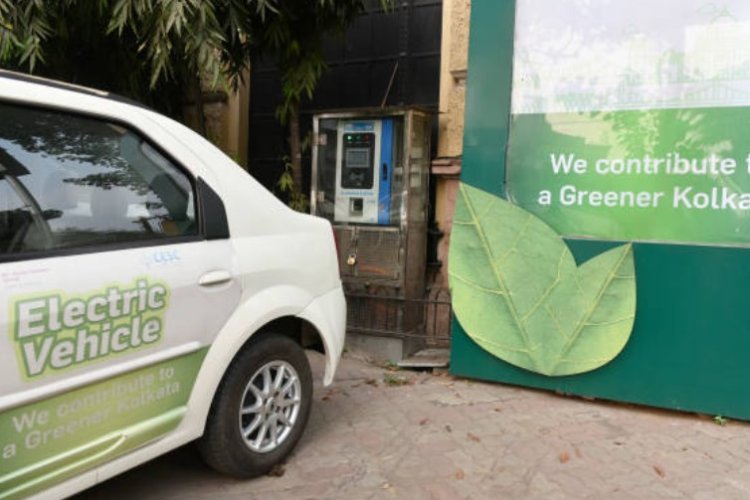
India’s EV policy amid trade war: The Union government may revise its policy for electric vehicle manufacturing in response to the outcomes of the trade negotiations with the United States. The Scheme to Promote Manufacturing of Electric Passenger Cars in India (SMEC) may undergo key modifications, including lower import tariffs, reduced investment thresholds, and more flexible localisation requirements. Final guidelines will be issued once the bilateral trade agreement talks are concluded, as American automakers like Tesla continue to cite high import duties as a major barrier to entry.
If the negotiations result in a tariff cut on imported EVs to 15%, as envisaged under SMEC with specified investment commitments, the government is likely to amend the scheme to maintain its appeal to global manufacturers. Officials are also contemplating a complete waiver of import duties to further incentivise investment.
READ | Legal personhood to sacred rivers: The ruling gave symbolism, not solutions
The US and India are simultaneously working to strengthen their trade ties through the BTA, while India also negotiates separate free trade agreements (FTAs) with the European Union and the United Kingdom. However, President Donald Trump’s threat of reciprocal tariffs continues to cast a shadow over global trade prospects, risking recession-like conditions worldwide.
What is SMEC — and why it matters now
The SMEC guidelines seek to position India as a major player in sustainable mobility. A crucial element of the strategy is the rationalisation of import tariffs on EV components to make India more attractive to multinational automakers.
Launched in March last year, SMEC looks to establish India as a competitive EV manufacturing hub, challenging the dominance of China, the United States, and the European Union in the sector. While India is already a significant consumer of EVs, it still lags behind as a global base for EV manufacturing, sales, and exports.
Under SMEC, a minimum investment of Rs 4,150 crore (approximately $500 million) is mandated specifically for four-wheeler production, with no upper investment limit. For qualifying manufacturers, the scheme slashes import duties on EVs priced above $35,000 (cost, insurance, and freight) to 15% — a significant reduction from the prevailing 70% or 100% tariffs. Currently, completely built electric vehicles (CBUs) valued over $40,000 face a 100% import duty, while lower-priced EVs attract a 70% duty, significantly pushing up consumer prices.
High tariff barriers have made global companies such as Tesla cautious about entering the Indian market. Tesla and Vietnam’s VinFast, for instance, have voiced concerns over stringent Domestic Value Addition (DVA) calculations and the non-inclusion of existing investments under eligibility norms. Despite these hurdles, VinFast is proceeding with a $500 million EV plant in Tamil Nadu.
With limited options, SMEC currently remains the only viable route for global automakers to circumvent higher tariffs. However, given the headwinds from the US-led trade conflict, the Indian government may find itself under pressure to ease some of SMEC’s rigid stipulations. Domestic automakers, meanwhile, are wary of such relaxations, arguing that duty cuts without sufficient local investment would undermine the fledgling Indian EV ecosystem.
Road ahead for EV policy
Confronted with resistance from both automakers and the realities of tough trade negotiations, the government is exploring ways to make SMEC more attractive. If tariff relaxations under the BTA mirror the 15% rate already outlined in SMEC, the policy will be revised accordingly. Officials note that since SMEC changes do not require Cabinet approval, updates to the scheme can be implemented swiftly once trade talks conclude.
Analysts closely following the negotiations suggest that India may need to concede ground to secure broader gains. Allowing greater market access to US companies could strain relations with domestic manufacturers in the short term but could open doors to advanced technologies and deeper industrial collaboration. For Prime Minister Narendra Modi, the decision represents a delicate balancing act between protecting domestic industry and positioning India as a global manufacturing hub.
The stakes are high. The choices made now could either propel India’s auto sector into a new era of global competitiveness or leave it vulnerable in a rapidly evolving electric mobility landscape.
